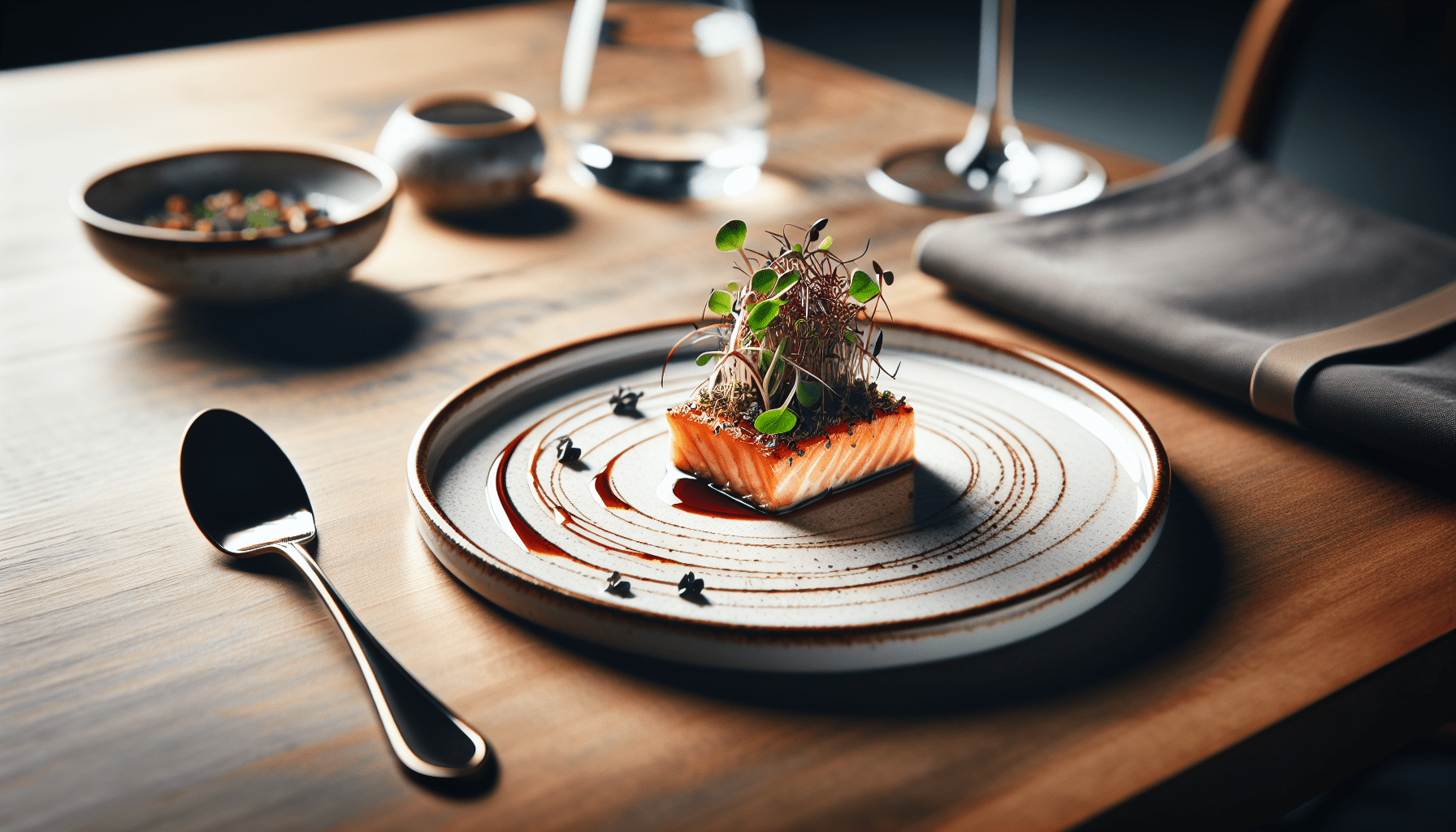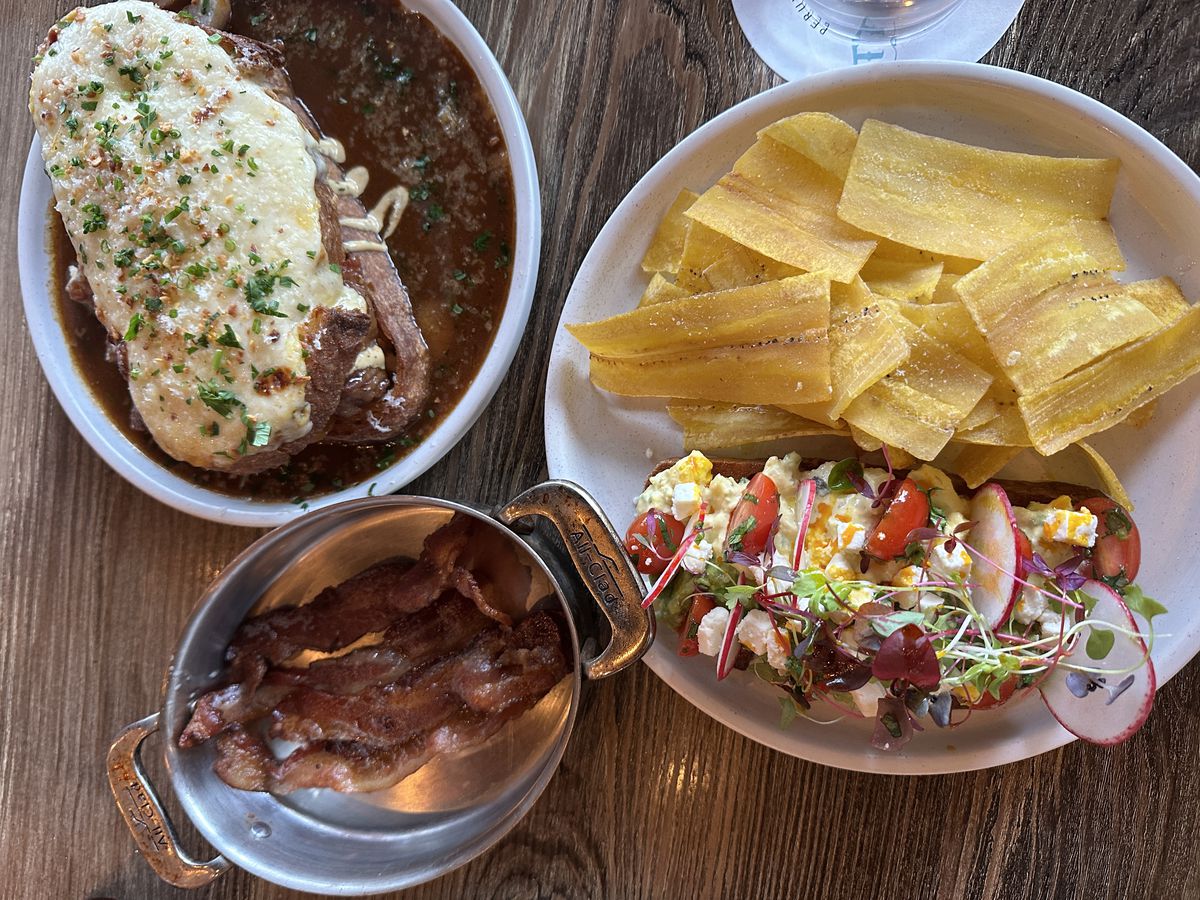Lazebox 43" Travel Garment Bag with Accessories Zipper Pocket, Heavy Duty Suit Bag for Suits, Tuxedos, Dresses, Coats, Black, 1 pack
$9.99 (as of April 3, 2025 06:08 GMT +00:00 - More info)Have you ever found yourself at a restaurant, staring at the menu, and wondered what it means to order a dish “à la carte”? It’s one of those fancy French phrases that pop up in dining experiences and might leave you scratching your head. Simply put, ordering à la carte means choosing items individually from the menu rather than opting for a pre-set meal.

Get an Official Zagat Restaurant Guide
What Does Ordering À La Carte Mean?
Definition and Basics of À La Carte
When you order à la carte, you are picking individual dishes from the menu instead of choosing from a set menu, which is often called prix fixe or table d’hôte. The term à la carte translates directly to “off the card” in French, signifying that you are ordering off the menu.
For example, in a steakhouse, ordering à la carte could mean purchasing a steak on its own without included sides like mashed potatoes or vegetables. You would then need to order these side dishes separately if you want them.
À La Carte vs. Prix Fixe
Let’s break down the differences between an à la carte menu and a prix fixe menu:
| Feature | À La Carte Menu | Prix Fixe Menu |
|---|---|---|
| Ordering Style | Individual dishes | Set courses for a set price |
| Flexibility | High | Low |
| Price Structure | Items priced individually | One total price for the meal |
| Menu Depth | Usually more extensive | Limited to set courses |
Origins of À La Carte
The phrase à la carte has been part of restaurant lingo since the 19th century. Interestingly, in French, “le menu” refers to a set meal, whereas “la carte” refers to the list of available dishes. So, if you’re ordering “off the card,” you’re picking and choosing individual dishes based on your preference.
Where You’ll Find À La Carte Options
Types of Restaurants
Various types of eateries provide à la carte options, making it a versatile choice for diners.
- Fine Dining Restaurants: Often, high-end restaurants offer both à la carte and prix fixe options.
- Steakhouses: Main dishes like steaks are frequently offered à la carte, with sides available separately.
- Sushi Bars: Individual pieces of sushi are typically offered à la carte, allowing for a bespoke dining experience.
- Chain Restaurants: Many chains offer platters and individual sides that can be ordered separately.
Menu Layout
Menus that offer à la carte options usually categorize dishes clearly to aid decision-making. Here’s what a typical section of an à la carte menu might look like:
| Main Dishes | Price |
|---|---|
| Grilled Salmon | $25 |
| Ribeye Steak | $35 |
| Chicken Parmesan | $20 |
| Side Dishes | Price |
|---|---|
| Mashed Potatoes | $5 |
| Garlic Spinach | $6 |
| Seasonal Vegetables | $7 |
Benefits of Ordering À La Carte
Customization and Flexibility
One of the major perks of ordering à la carte is the freedom to tailor your meal exactly to your taste. You can mix and match dishes to create a meal that suits your preferences and appetite.
Example: Imagine you’re in the mood for a light dinner. You could simply order a salad and a bowl of soup rather than committing to a full three-course meal.
Potential Cost Savings
While à la carte items tend to be individually more expensive, they allow you to control how much you spend by ordering only what you really want.
Example: If you’re not very hungry, you might save money by ordering just one dish instead of a full set menu that you cannot finish.
Variety and Exploration
À la carte menus often feature a wider selection of dishes compared to prix fixe menus, giving you more options to explore.
Example: At a Japanese restaurant, you can try various types of sushi à la carte, rather than being limited to a pre-set sushi platter.

Get an Official Zagat Restaurant Guide
Drawbacks and Challenges
Potentially Higher Costs
If you’re very hungry and end up ordering multiple dishes, the total cost might be higher than opting for a prix fixe menu.
Example: Ordering a steak for $35 and adding sides for $20 can quickly exceed the price of a $45 fixed three-course meal.
Decision Fatigue
With so many options, choosing what to order à la carte can be overwhelming, especially if you’re indecisive or unfamiliar with the cuisine.
Example: At an extensive buffet or sushi bar, making a choice might take more time and effort compared to simply picking a pre-set menu.
The History and Evolution of À La Carte Dining
Historical Context
The term à la carte found its way into English dining language in the 19th century, originating from French restaurants where detailed menus began to flourish. Before this, meals were more communal and less individualistic.
Modern Adaptations
In recent years, the trend has again leaned toward set menus, especially in upscale dining establishments where chefs curate full culinary experiences. However, the practice of offering à la carte options persists, providing flexibility for diners.
Example: Modern fine dining establishments may offer a prix fixe tasting menu but still include an à la carte section for those who prefer specific dishes or smaller meals.
À La Carte Around the World
French Restaurants
In France, the birthplace of the term, ordering à la carte is common, especially in bistros and brasseries. French menus might also include the day’s specials listed separately.
American Influence
In the United States, à la carte menus are a staple, especially in steak and seafood restaurants. This practice aligns well with the American emphasis on personal choice and customization.
Asian Cuisine
In many Asian restaurants, à la carte has a unique spin. Dim sum eateries offer small plates à la carte, and Japanese sushi bars frequently provide individual pieces of sushi.
Key Takeaways
- Flexibility: You can tailor your meal to your preferences.
- Variety: More options are often available compared to prix fixe menus.
- Potential Cost: Beware, as ordering multiple à la carte items can quickly add up.
- Global Reach: The à la carte concept exists worldwide, adapted to local dining cultures.
Practical Tips for Ordering À La Carte
Menu Navigation
- Read Carefully: Pay attention to descriptions and portion sizes.
- Ask Questions: Clarify anything you’re uncertain about with the server.
- Consider Balance: Mix a variety of dishes to ensure a balanced meal.
Budgeting
- Set a Budget: Know how much you’re willing to spend before ordering.
- Prioritize: Choose items that offer the best value and meet your hunger levels.
Dining Strategy
- Appetizers and Sides: Use these to complement your main dish.
- Sharing: If dining with others, sharing multiple à la carte items can create a communal and varied dining experience.
Conclusion
Ordering à la carte adds a layer of freedom and customization to your dining experience, allowing you to choose dishes that best fit your taste, appetite, and budget. Whether you’re eating at a high-end restaurant, a local steakhouse, or an exotic sushi bar, understanding how to navigate an à la carte menu can enhance your dining enjoyment.
So, the next time a server asks if you’d like to order a dish à la carte, you’ll know exactly what it means—choosing individual items rather than a set meal, paving the way for a personalized and potentially adventurous dining experience.






